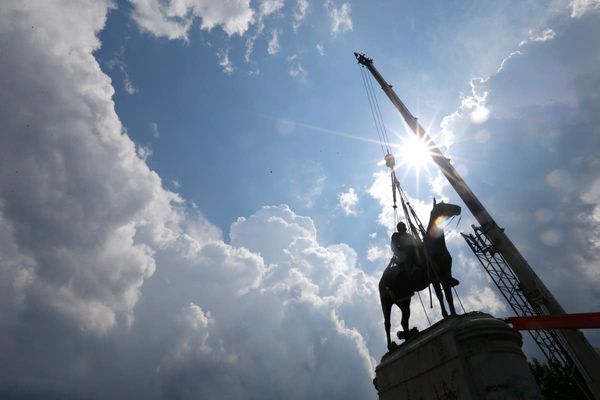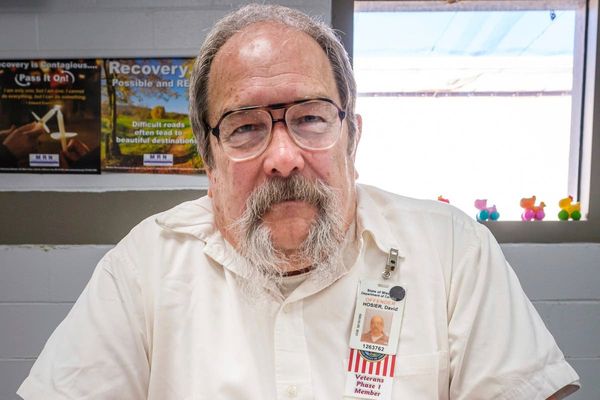Now that it has been a few weeks since the Titan submersible tragedy, questions are being asked about other areas where the commercial sector is venturing out into new territory.
Naturally, the commercialisation of space and space tourism is at the forefront of these questions.
While there may be natural parallels of the extreme environments, there are a lot of differences between going into space and deep into the ocean, both positively and negatively.
Space technology is really built on a foundation over many decades of private-public or government partnership.
While we are now undergoing a huge boom of private companies in space, groups like Northrup-Grumman, Boeing, and Ball Aerospace have been around for decades, building and launching rockets that also have taken people into space.
More importantly, these companies, and newer ones like SpaceX and Blue Origin, not only have their own goals, but they are actively trying to win NASA contracts - where funding for development of new technology often comes.
In order to be suited for the needs of NASA, ESA, or other government agencies, they must dhere to a high-level of regulation, oversight, and meeting of governmental standards.
We've seen this with SpaceX's Crew Dragon and Boeing's Starliner, both capsules funded by NASA to ferry astronauts to the International Space Station.
Both capsules took longer than expected, needed rigorous testing, and needed test flights to show it was safe.
Starliner has still not taken crews into space because of issues found during this process.
However, the Crew Dragon, not only now has taken numerous crews of astronauts into space, it has taken multiple crews of private citizens into space and even to the International Space Station.

The ability to cut-corners is near zero. Moreover, you actually need permission and permits to fly into space. Every country has their own rules, regulations, and oversight agencies. This is one of the critical roles of the Australian Space Agency.
They oversee the approval of licenses to launch into space.
And not just for a rocket in Australia. If you are an Australian company building a satellite, you need to get a license from the Australian Space Agency, whether you are on a rocket in Australia, or a SpaceX rocket in Florida.
In the US, the Federal Aviation Administration also grants your licence to launch. We saw that with SpaceX's Starship first test flight. It was a lengthy process, longer than what SpaceX was hoping for, to get their first test launch. And after the issues during their first launch, they are going through another long approval process.
While the technology has huge amounts of oversight, the people inside do not. While astronauts undergo health checks, testing and preparation, that is not the case for space tourists.
As of now, there are no checks or screening implemented from a regulatory level - it is up to the individual company. Some missions may have preparation, while others, the only requirement is that you cannot go to the toilet for a couple of hours.
Private space vehicles are usually built to a standard that is among the best in the world.
- Brad E. Tucker is an astrophysicist and cosmologist at Mt Stromlo Observatory and the National Centre for the Public Awareness of Science at the ANU.







